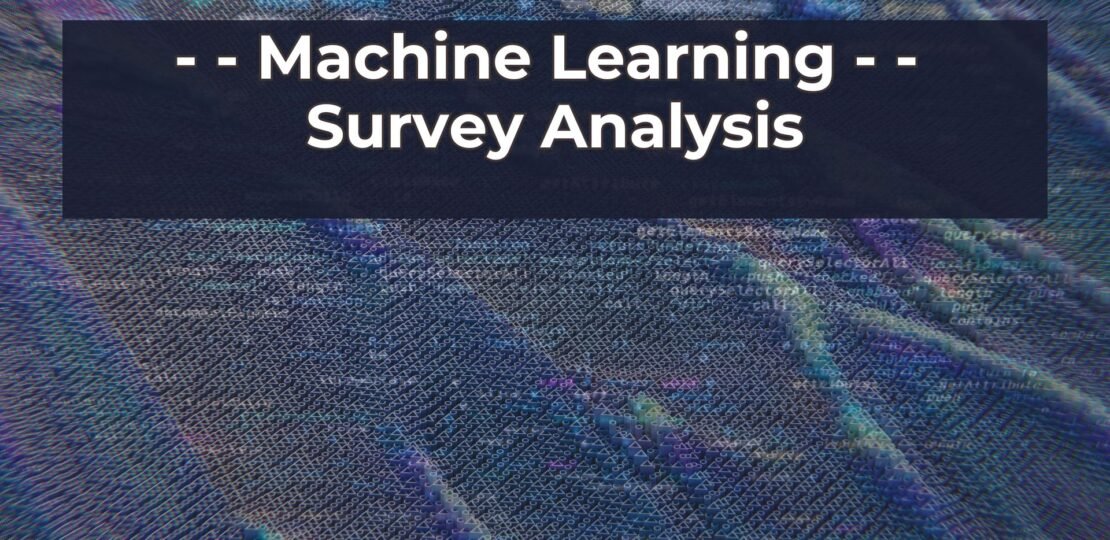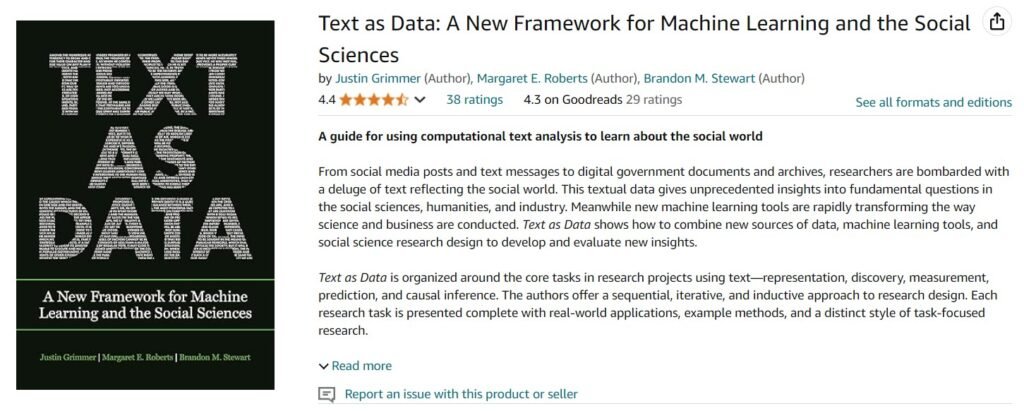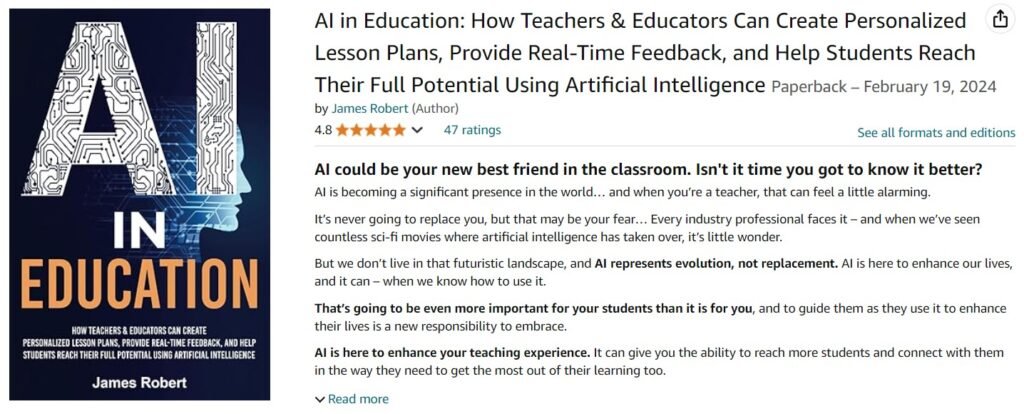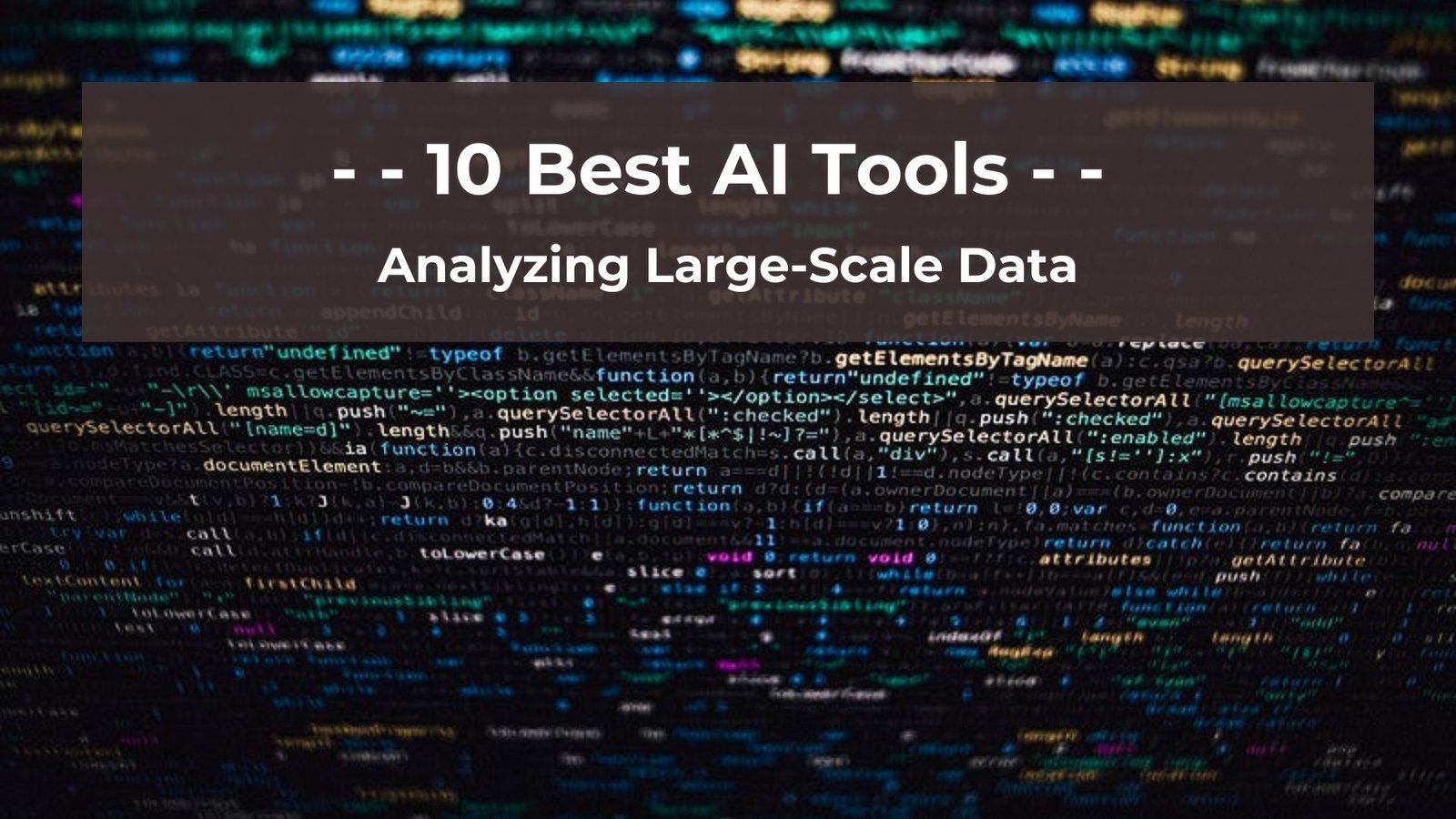Revolutionize Your Research: Machine Learning Survey Analysis in 2024
September 11, 2024 | by Jean Twizeyimana

Discover how machine learning survey analysis is transforming research in 2024. Learn critical techniques, tools, and best practices to unlock deeper insights from your survey data.
It is incredible how far we have evolved in approaching survey data analysis. In 2024, machine learning has drastically transformed ways of extracting information from surveys! Well, we no longer need to analyze hundreds of reports manually – now, there’s AI to do the job. But here’s a shocking stat for you: as indicated by the recent study done by DataRobot, it pointed out that only 45% of researcher employ machine learning to a fuller extent in their survey analysis. In other words, more than half of us do not know about game-changing insights! In this article, we will focus on several aspects of machine learning survey analysis, which is rapidly developing and providing deeper insight than before. Are you prepared to level up the survey game that you have been playing? Let’s go!
What is Machine Learning Survey Analysis?
Survey analysis using Machine Learning is the technique of analyzing survey data using artificial intelligence and complicated algorithms. Compared to conventional survey analysis, which does not use machine learning and just provides a simple means of analyzing the data and basic statistics using calculations, machine learning survey analysis enhances the AI’s capability to learn from data and look for patterns to perform more complex tasks and offer accurate results.
We now have the option of conducting surveys using a unique method, one that has been brought about by machine learning, artificial intelligence, and data analysis. Technologies such as natural language processing and predictive analytics help process the survey results.

Key Benefits of Using Machine Learning for Survey Analysis
The advantages of incorporating machine learning into your survey analysis are game-changing:
- Handling large-scale datasets with ease: Don’t worry about data overload anymore. The conventional approaches used by the ML algorithms enable processing significant survey responses within a comparatively shorter time.
- Uncovering hidden patterns and correlations: Machine learning excels at identifying subtle relationships in data that humans might miss, leading to more nuanced insights.
- Reducing bias and improving accuracy: By removing human subjectivity from much of the analysis process, ML helps minimize bias and enhance the reliability of results.
- Automating time-consuming tasks: Free up your valuable time by letting AI handle repetitive tasks like coding open-ended responses or categorizing feedback.
- Enhancing predictive capabilities: With machine learning, you can move beyond descriptive analysis to forecast trends and predict future behaviors based on survey data.
Essential Machine Learning Techniques for Survey Analysis
To make the most of machine learning in your survey research, familiarize yourself with these essential techniques:
Natural Language Processing (NLP) for open-ended responses: NLP allows you to automatically analyze and categorize text responses, extracting themes and sentiments without manual coding.
Sentiment analysis for gauging respondent emotions: Understanding the emotional tone behind responses can help you grasp how people genuinely feel about your products, services, or ideas.
Cluster analysis for identifying groups and segments: Discover natural groupings within your survey respondents, enabling more targeted analysis and personalized strategies.
Predictive modeling for forecasting trends: Survey data collected in prior years can be employed to develop future trends or behavior modeling.
Anomaly detection for spotting outliers and errors: Automatically identify unusual responses or potential data quality issues, ensuring the integrity of your analysis.
Top Tools and Software for Machine Learning Survey Analysis
The market for ML-powered survey analysis tools is booming. Here are some options to consider:
- As of now, several options are available in the public domain, ranging from Python’s sci-kit-learn package to R’s caret package. These will vary with many options and customizations depending on the requirements of a data scientist.
- Examples of statistical software include IB SPSS, SAS, and online tools such as Qualtrics, to mention but a few. Such tools can certainly be made with a user-friendly interface, and they come integrated with ML pre-built.
- In general, MonkeyLearn and Lexalytics are tools that can be used to analyze survey response data.
When selecting an ML tool, consider issues like user-friendliness, compatibility with your already used survey tools, and available and necessary ML algorithms.
Step-by-Step Guide to Implementing Machine Learning in Your Survey Analysis
Ready to get started? Follow these steps to incorporate ML into your survey analysis workflow:
- Prepare your survey data: Clean and preprocess your data, handling missing values and formatting issues.
- Choose the suitable ML algorithms: Select techniques that align with your research questions and data types.
- Train and test your ML models: Use some of your data to train the model, then validate its performance on a test set.
- Interpret and visualize results: Use data visualization tools to bring your insights to life and make them accessible to stakeholders.
- Iterate and improve: Continuously refine your models based on feedback and new data to enhance accuracy over time.
Overcoming Challenges in Machine Learning Survey Analysis
While the benefits are enormous, there are challenges to navigate:
- Data quality issues: Remember to observe the best practices in survey design to feed your ML models with clean, relevant data.
- Privacy and ethical concerns: Explain ML use and keep the respondents’ anonymity.
- Resource management: Ensure that you balance the right computational needs for ML with the resources and money you have.
- Skills gap: Hire more employees or set up collaborations to increase the staff’s proficiency in ML and data science.
- Transparency and explainability: Interpret ML solutions using methods from explainable AI so that stakeholders can trust the insights you are presenting them.
Future Trends in Machine Learning Survey Analysis
The future of ML in survey research is bright! Keep an eye on these emerging trends:
- Profound learning advancements for even more sophisticated analysis
- Real-time analysis and adaptive surveying that evolves as responses come in
- Integration with external data sources for a richer context
- Automated report generation and insight delivery
- Greater emphasis on explainable AI to build trust in ML-driven findings
Conclusion: Embrace the ML Revolution in Survey Analysis!
Once again, we find ourselves with the simple strategies of Machine Learning survey analysis and what might be in the years to come. By using these powerful tools and techniques, one can think and look at other dimensions that they might not be able to think or look at otherwise. At the same time, it is very time-saving, as well as very accurate in the analysis.
Actually, the further we proceed in the offered promotions of machine learning, the more often I have to admit that ethical issues and connections with humanism in our work are also crucial.
So now what will you do? Perhaps you are the pioneer in your organization to adopt the use of machine learning on survey results. Here, there is a huge opportunity waiting to be capitalized on, and there can never be any shortage of patterns to be realized. In this manner, you will neither leave valuable survey data on the shelf nor get to know the incredible machine learning survey analysis world, and you can go even further with your research!!
Do you need to be closer to turning survey data into machine learning and improving your work? Take the opportunity.
Are you excited to get started? Here are some popular AI tools that are making waves in the research community:
- Iris.ai: An AI science assistant that helps with literature exploration and summarization.
- SciSpace: Offers AI-powered literature search and paper summaries.
- Elicit An AI research assistant who can help formulate research questions and find relevant papers.
- Semantic Scholar: Uses AI to help you discover and understand scientific literature.
Related Articles
- Exploring The AI Qualitative Data Analysis in Surveys Now
- Revolutionize Your Research: Machine Learning Survey Analysis in 2024
- Latest AI in Survey Research: From Design to Analysis
- The Ultimate Guide to AI in Survey Research
- The Latest AI Sentiment Analysis Techniques for Survey Responses
- How To Overcome Survey Data Bias Using AI
- How To Leverage Natural Language Processing (NLP) for Open-Ended Survey Questions
AI and Machine Learning Tools
- Hands-On Machine Learning with Scikit-Learn, Keras, and TensorFlow
- Artificial Intelligence: A Guide for Thinking Humans


Try AI Tools in Your Research:
1. SciSpace (for Literature Reviews)
- Monthly Subscription: Get 20% off with the code
JEAN20Try SciSpace - Annual Subscription: Get 40% off with the code
JEAN40Try SciSpace
2. Elicit (for Formulating Research Questions and Finding Relevant Papers)
RELATED POSTS
View all











![MOUNT-IT! Sit Stand Monitor Desk Mount [Fits 32" Screens] Height Adjustable, Full-Motion Articulating Arm with Keyboard Tray and Cable Management (Black)](https://jeantwizeyimana.com/wp-content/uploads/2024/09/Sit-Stand-Monitor-Desk-Mount-Height-Adjustable-Full-Motion.jpg)



